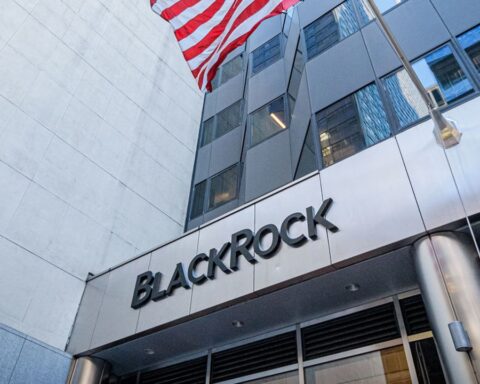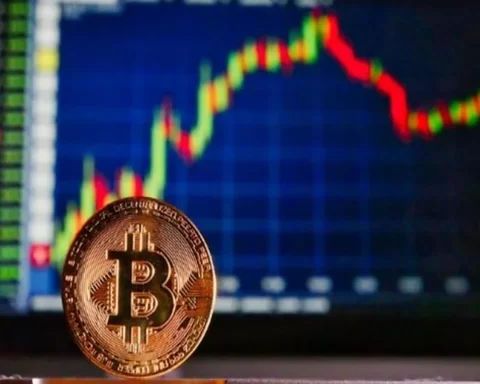On August 12, Bitcoin experienced a sharp spike in volatility, initially dropping 3.2% to $57,844 in under an hour before rebounding by 5% to reach $60,700 within the next thirty minutes. This sudden price swing reflects the uncertainty in the macroeconomic environment, particularly following remarks from a U.S. Federal Reserve governor over the weekend. These comments also contributed to a surge in gold prices, which climbed to $2,458, just 1% below its all-time high.
The potential for an economic downturn poses the biggest risk for a Bitcoin price crash. Traders are now questioning whether Bitcoin might retest its August 5 low of $49,248, especially given the declining interest in leveraged BTC longs and the increasing risk of a correction in the global stock market.
JPMorgan economists have raised the probability of a U.S. recession in 2024 to 35%, up from a previous estimate of 25%. This adjustment, as reported by Bloomberg, is due to weak labor market conditions and a restrictive Federal Reserve policy. On August 10, Fed Governor Michelle Bowman stated that inflation risks persist and the labor market remains weak, reducing the likelihood of an interest rate cut in September. Investors are now eagerly awaiting the U.S. Producer Price Index on August 13 and the Consumer Price Index on August 14, which are expected to offer clues about the Fed’s next moves.
To better understand the recent Bitcoin price volatility, it’s important to analyze the Bitcoin futures markets. BTC monthly futures carry an inherent cost due to their extended settlement period, with sellers typically demanding a 5% to 10% annualized premium to compensate.
The annualized Bitcoin futures premium fell to 6% on August 12, down from 9% on August 11 as Bitcoin retested the $58,000 support level. Although this level remains within the neutral range, it indicates a lack of demand for leverage from bulls—a trend that has persisted since July 30, the last time the premium exceeded 10%.
To assess whether this sentiment shift is isolated to the futures market, it’s useful to examine Bitcoin options markets. The delta skew metric, which indicates market sentiment, has remained stable over the past week, suggesting no significant imbalance in the pricing of put (sell) and call (buy) options. Despite the recent price drop, there are no signs of stress, and the market remains neutral.
One explanation for this neutral sentiment could be the reduction of excessive leverage in the market. The recent volatility likely reduced demand for leverage, with both bulls and bears facing liquidations totaling $634 million in BTC futures. However, this doesn’t fully explain why Bitcoin futures open interest remains at $28.8 billion.
The most likely reason for the current sentiment is the rise of “cash and carry” strategies, where traders engage in fixed-income operations to capture the futures premium, rendering market direction irrelevant. This suggests that Bitcoin derivatives are becoming less reliant on retail trading, with CME emerging as the leader with a 29% market share. Even with ongoing price volatility, there is no clear indication that traders are turning bearish or that excessive liquidation could lead to a significant drop down to $52,000.




